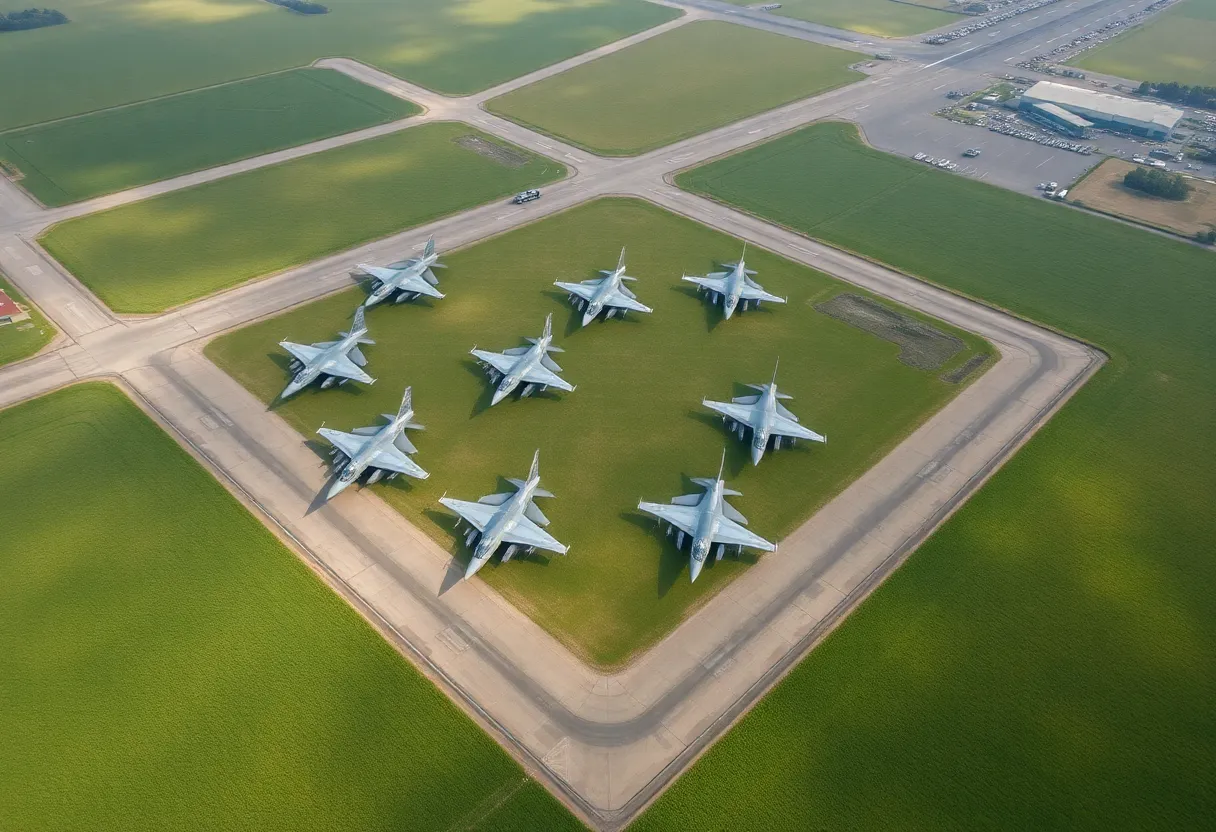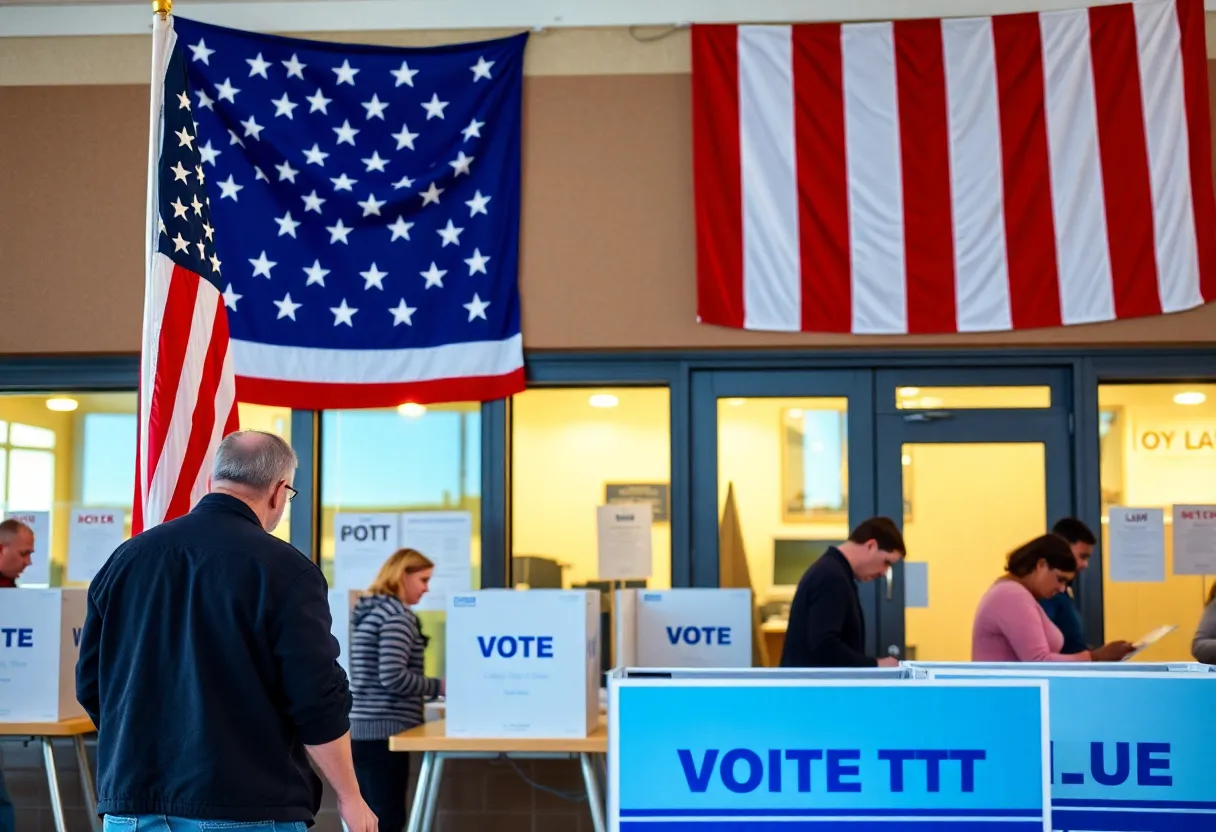News Summary
The marketing landscape in 2025 is evolving, driven by trends that prioritize efficiency, creativity, and collaboration. Marketers are consolidating tools to streamline processes, integrating data with creative strategies to enhance storytelling, and focusing on collaboration across departments to justify budgets and maximize ROI. The emergence of AI and the emphasis on visual storytelling are transforming how brands engage with customers while adapting to economic pressures and exploring new platforms.
Embracing Change: Marketing Takes a Fresh Approach in 2025
The world of marketing is buzzing with excitement in 2025 as innovative trends are reshaping how businesses connect with customers. Marketers everywhere are embracing efficiency and creativity to stand out in a crowded marketplace. So, what’s behind these changes? Well, let’s take a closer look at the top trends shaping the industry landscape.
Streamlining Tools for Greater Efficiency
One of the significant shifts we’re seeing is that marketing teams are focusing on simplifying their tech stacks. Gone are the days of juggling numerous tools that often lead to confusion and wasted resources. Instead, marketers are shifting their attention to streamlining processes to ensure they’re working smarter, not harder. By consolidating their marketing technology, they can eliminate redundancy and improve overall productivity.
Data Meets Creativity
Another exciting trend is the fusion of data with creativity. Marketers are discovering that by using analytics to inform their storytelling, they can craft campaigns that truly resonate with their audiences. Instead of a one-size-fits-all approach, campaigns now aim to be impactful by marrying insights obtained from data analysis with creative flair. This effective combination is what sets the most successful marketing campaigns apart.
The Importance of Collaboration
It’s also becoming clear that collaboration is key in the marketing world of 2025. Marketing strategies are being reshaped by aligning closely with departments like finance, IT, and operations. This cross-functional teamwork is essential not only to justify budgetary investments but also to maximize the impact of each strategy. Marketers are now speaking the language of CFOs, linking campaigns to measurable return on investment (ROI) to gain vital stakeholder support.
Adapting to Economic Pressures
As budgets tighten and expectations rise, there’s a pressing need for marketers to adapt swiftly. The rapidly evolving marketing technology landscape will undoubtedly come with both opportunities and challenges. Martech consolidation is gaining traction, with companies opting for leaner, more efficient technology stacks, which can provide much-needed flexibility and scalability.
MACH Alliance and Composable Strategies
With the guidance of the MACH Alliance, businesses are now embracing composable-first strategies. This approach, characterized by modular technology solutions, allows brands to remain agile and quickly respond to changing market needs. Open APIs are increasingly facilitating smooth data flow, which is crucial for integrating marketing strategies that align with overall business objectives.
Visual Storytelling Takes Center Stage
In a world overflowing with content, visual storytelling has gained importance. Marketers are encouraged to pivot from static, text-heavy content to dynamically visual campaigns that engage audiences more effectively. By creating compelling visual narratives, brands can capture attention and differentiate themselves in a crowded space.
The Rise of AI and Hyper-Personalization
As technology continues to advance, the integration of AI-driven personalization is transforming marketing initiatives. Brands are increasingly focusing on hyper-personalization, leveraging AI tools to deliver customized real-time experiences. This trend speaks to the demand for efficiency and effectiveness in marketing efforts, helping brands connect with customers on a deeper level.
Exploring New Platforms and Trends
The dynamic landscape also means marketers are diversifying their campaigns across various platforms. High engagement rates on connected TV (CTV) platforms signal a need to experiment with new ad formats for maximum ROI. Furthermore, the uncertain future of platforms like TikTok due to regulatory scrutiny serves as a reminder of the necessity to be agile and responsive to changes in the digital marketing sphere.
A Bright Future Ahead
As 2025 unfolds, the success of marketing strategies hinges upon agility, innovation, and a willingness to embrace change. The future is bright for marketers willing to adapt to shifts in consumer behavior and technology. In this new era, those who can merge creativity with data while collaborating across teams will not only survive but thrive in the competitive landscape.
Deeper Dive: News & Info About This Topic
HERE Resources
The Future of Digital Marketing Is Now: Trends and Challenges to Watch in 2025
Yes& Welcomes Beacon Digital Marketing to the Family
Robbie Graves Shares Digital Marketing Insights at Local Luncheon
Coinbase Reports Record-Breaking Fourth Quarter Earnings
Get Ready for Valentine’s Day: Tips from Snapchat and User Frustrations
Uniworld Boutique River Cruises Unveils New Tools for Travel Advisors
Central Ohio Filmmaker Wins Big with Super Bowl Ad
Paysafe Sells Direct Marketing Payment Processing Business to Kort Payments
Top Seven Market Segmentation Trends Revolutionizing Business Strategies
Unlocking the Power of Color in Branding
Additional Resources
- CMSWire: 5 Trends Redefining Marketing This Year
- Demand Gen Report: Thriving in 2025
- Marketing Dive: Marketing Trends Outlook 2025
- Wikipedia: Marketing
- Forbes: 2025 Marketing Trends
- Google News: Marketing Trends 2025








